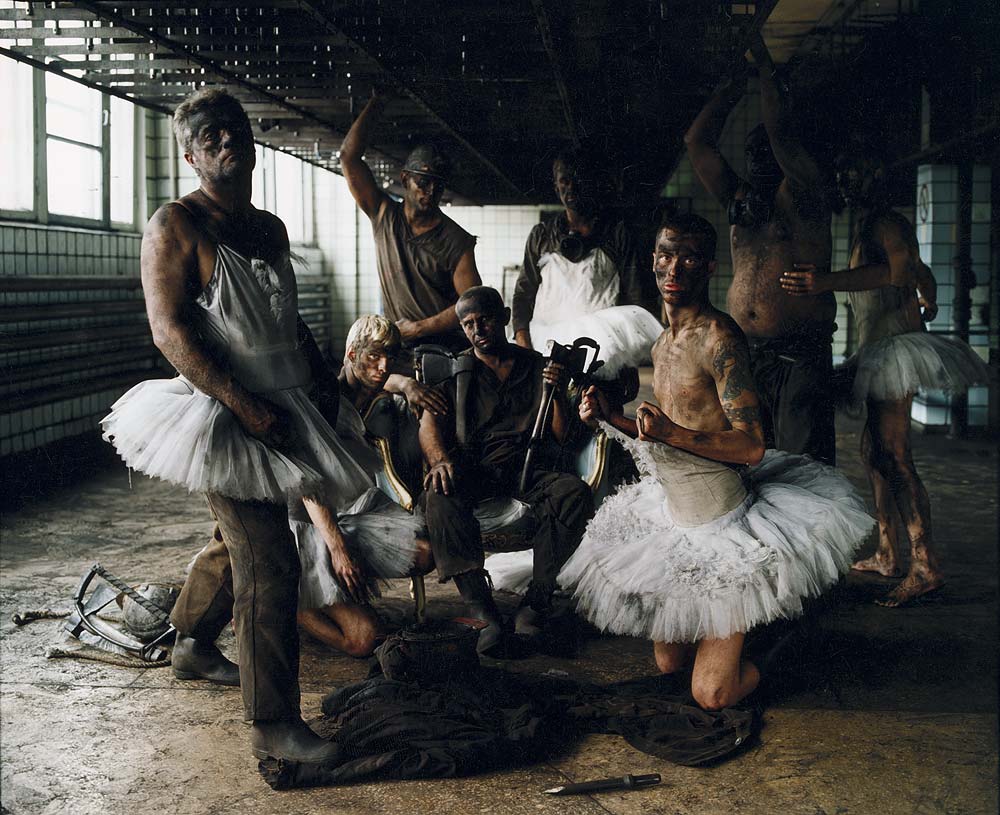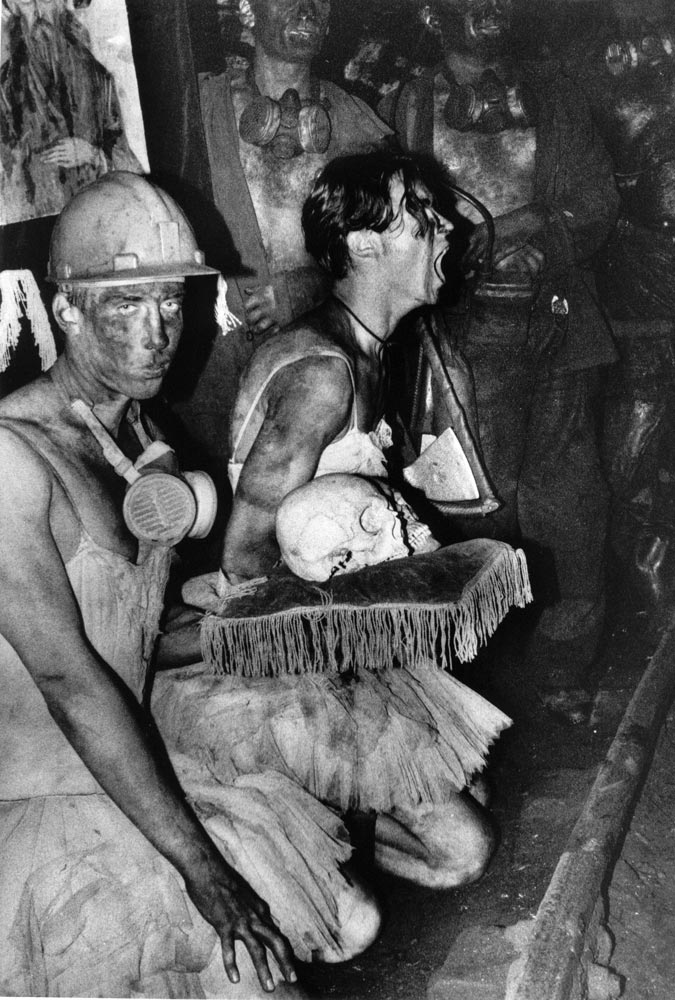On November 16th, Saatchi Gallery (London) opened an exhibition Art Riot: Post-Soviet Actionism dedicated to Russian protest art over the past 25 years. The exhibition is timed to coincide with the 100th anniversary of Russia’s October Revolution and although the exhibition does not have any direct links to this historical event, many of the issues that artists face in post-communist Russia are comparable to those in 1917. These include, but are by no means limited to, problems of individual freedom in the face of both political ideology and also religion. The exhibition curated by Marat Guelman features Oleg Kulik, Pussy Riot, Pyotr Pavlensky, AES+F, Blue Noses and Ukrainian artist Arsen Savadov, and displays various genres and types of protest art from posters and slogans to video art, staged photography and performances.
Arsen Savadov is a central player in modern Ukrainian art; he formed part of the New Wave movement of the late 1980s – early 1990s that broke away from the tradition of official Soviet art and pioneered a new artistic language.
Arsen Savadov presents his significant photograph series The Donbass-Chocolate series which dates from 1997. The main characters in this project were real life miners, who played a leading part in the continual social unrest experienced in Donbass in the mid-1990s. In the series, the Donbass miners ‘perceptions of the senselessness and hopelessness of their existence, together with the dirt, sweat, and often life-threatening accidents in the mines they experienced, are contrasted with gentle and fragile ballet tutus. There had become symbolic of the Soviet Union’s disintegration, in large part due to Swan Lake being broadcast across all Soviet television channels during the attempted military coup against Gorbachev in 1991.
Soviet propaganda equated miners to heroes. However, with the breakup of the Soviet Union, they suffered great poverty and, in a cruel twist of fate, became one of the most poignant symbols of the failure of Communism. Similarly, ballet, considered the leading example of Classical Russian culture, was woefully neglected in the mid-1990s, forcing many dancers to emigrate to the West. The brutal expression of the absurd, brought by the loss of social and individual identity, became the basis of the Donbass Chocolate project.
Savadov presents his subjects grimy and naked, trapped in the claustrophobic confines of their underground prison. The viewer is encouraged to come to his own disturbing conclusions about this grotesque subterranean culture, where the original stalwarts of Socialist society roll around the floor of filthy mineshafts in ill-fitting tutus.
But Savadov sees an additional, more personal resonance in the subjects of his art, “Miners symbolize a huge tragedy. And never-the-less, this is the only social group whose power was equal to that of artists.”


